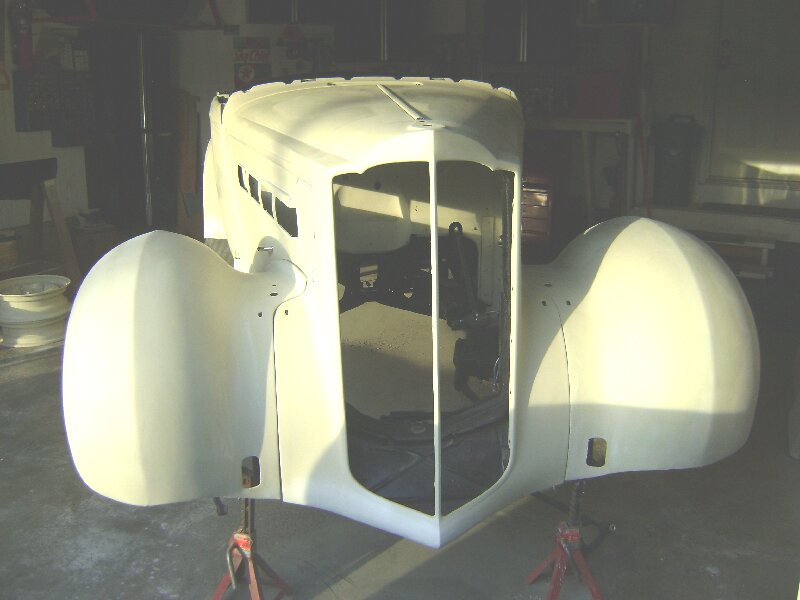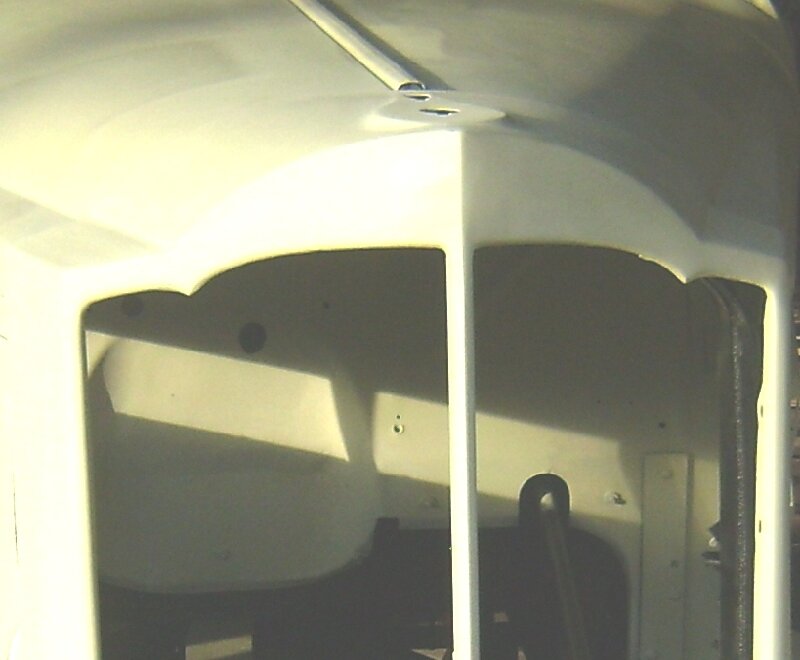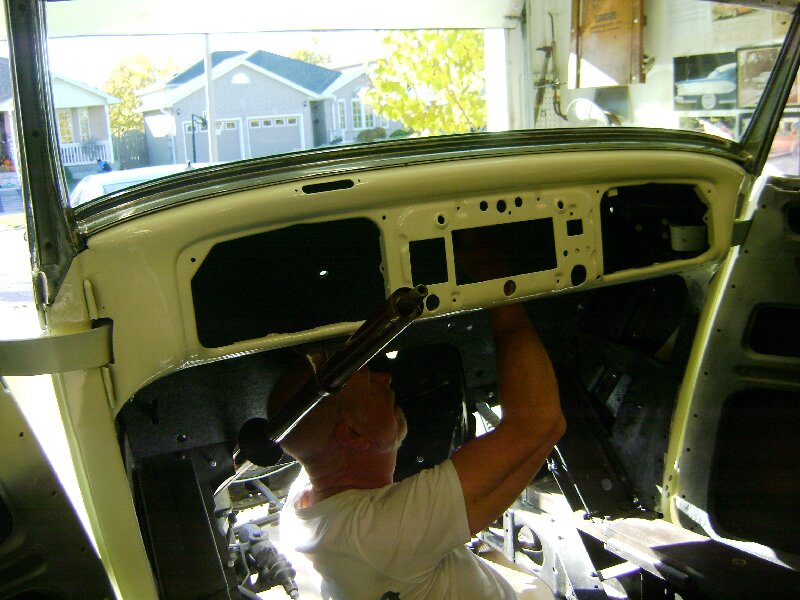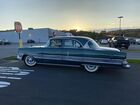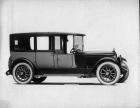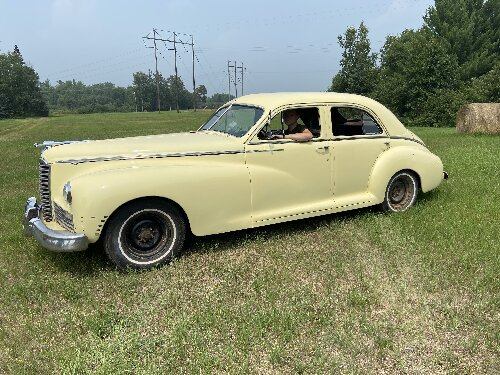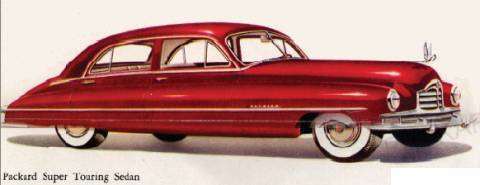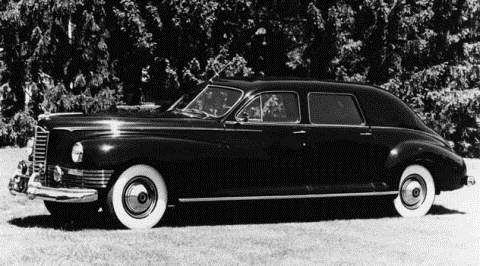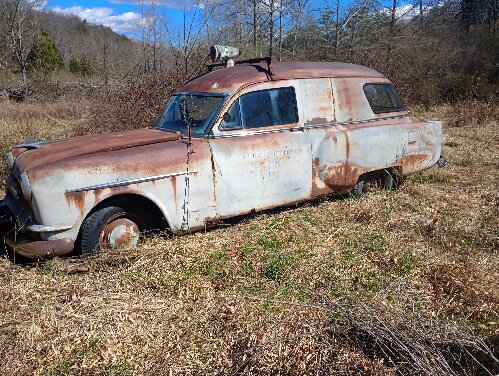|
Re: 1937 120 Conv. Sedan - Blanche
|
||||
|---|---|---|---|---|
|
Home away from home
|
Happy birthday Blanche! You are looking younger each day!
Bob J.
Posted on: 4/16 8:58
|
|||
|
||||
|
Re: 1937 120 Conv. Sedan - Blanche
|
||||
|---|---|---|---|---|
|
Home away from home
|
They look great!!
Bob J.
Posted on: 4/15 18:08
|
|||
|
||||
|
Re: 1937 120 Conv. Sedan - Blanche
|
||||
|---|---|---|---|---|
|
Home away from home
|
My experience:
I had my original (super rusty!) tank relined and coated, but I had KM Lifestyle make a new sending unit for me. I did find, as you have, that the pickup touched the bottom of the tank before the top ring seated, I slowly bent the pick-up and test fitted it until it just cleared the bottom of the tank, you do not want to do too much or the last bit of gas will not get picked up. So far so good with gas pick up by the pump. Bob J.
Posted on: 4/15 13:57
|
|||
|
||||
|
Re: 1937 120 Conv. Sedan - Blanche
|
||||
|---|---|---|---|---|
|
Home away from home
|
I have used spray contact cement and it is sooo much better, much easier to get an even coat and on large areas like this you are not wasting time getting the glue on while it starts to kick off.
Be sure and scrub the rubber clean of any mould release before applying the glue. Bob J.
Posted on: 4/14 18:22
|
|||
|
||||
|
Re: Don’s 1937 (120) 138CD Deluxe Touring Limo
|
||||
|---|---|---|---|---|
|
Home away from home
|
You got that right Big Kev. Another option to get at the dash work is shown below as my wife Shelley shot me doing wiring before I had the engine/tranny back in. With the floor boards and toe board out I could get at the under dash easy from up through the floor.
I realize it would mean some disassembly again but the fasteners are all new and no damage to your upholstery is required. I have found just about everything I have done on the car requires things to be taken apart and put back together at least 3 times! Bob J.
Posted on: 4/14 13:26
|
|||
|
||||
|
Re: Don’s 1937 (120) 138CD Deluxe Touring Limo
|
||||
|---|---|---|---|---|
|
Home away from home
|
For sure! Just the small bit I have done under the dash after the seat was put back in was VERY difficult.
Yes, it looks to me that you would need to remove that strip across the top on the back pad, that done, and uncover any gusset access to the bottom may expose how it is fastened into the car. Once the back pad is out that would likely expose fasteners that hold the cheek panels to the car and show further fasteners to release the entire frame from the car. It is certainly different than mine but I expect that the paradigm of concealed fastenings is similar. Certainly not made for maintenance but rather appearance! Bob J.
Posted on: 4/14 12:05
|
|||
|
||||
|
Re: 1930 7-45 Mystery Leak?
|
||||
|---|---|---|---|---|
|
Home away from home
|
The colour and texture of the leak looks like the 'gunk' that builds up around battery terminals?!! I know that this is not the case as it is way out of place for that, but any engine fluids like coolant may have a similar colour but not texture, and oil would be black, brown, or gold? I just cannot get around the similarity. Sorry I cannot help more.
Stumped, Bob J. Attach file:  battery gunk.jpg (26.12 KB) battery gunk.jpg (26.12 KB)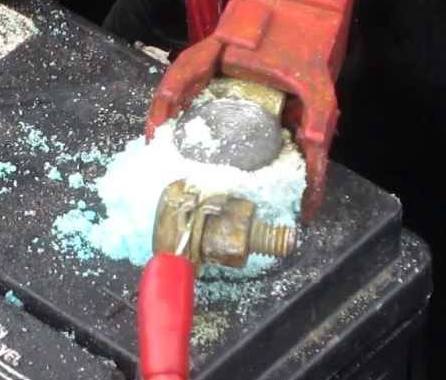
Posted on: 4/14 10:27
|
|||
|
||||
|
Re: Don’s 1937 (120) 138CD Deluxe Touring Limo
|
||||
|---|---|---|---|---|
|
Home away from home
|
As you know, mine is just a convertible, not in your class of limousine, but the front seat back on mine was upholstered in. The leather cover was still in place upon receipt of the car. The base spring set was as described, a lift out unit so you could get at the battery tray below it. But the seat back has the spring assembly drop onto 3 wire hooks as seen in the image "Top Hooks". The bottom was fastened to the frame with metal tabs that wrapped around loops in the spring's bottom assembly, you can kind of make them out in the "Bottom Tabs" image. (Sorry, these are all heavily cropped images from the seat frame shot I took a few years ago)
In my case, none of this was seen until the upholstery came off. It is once again hidden after Terry reupholstered the frame, as the frame itself is completely wrapped to a high finish. At least on the style of seat in the convertible, there can be no separation of the back from the frame on this style of seat without removing upholstered components from around the seat spring subassembly. I suspect this method was used on a number of models as you can see features in the seat back frame to mount a 'Robe Rail", which of course has no place in a 2 seat convertible interior. Bob J. Attach file:  top hooks.JPG (288.02 KB) top hooks.JPG (288.02 KB)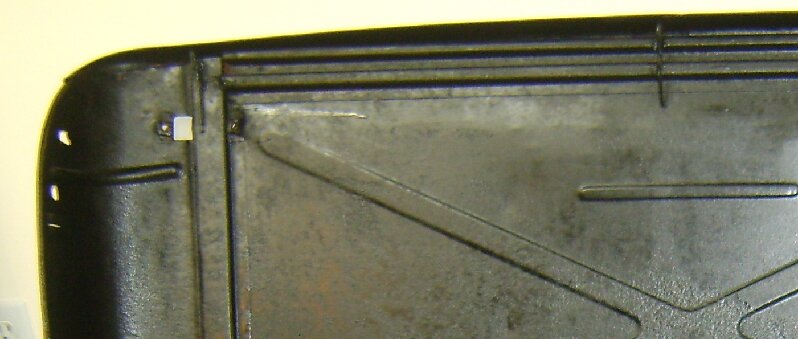  bottom tabs.JPG (369.05 KB) bottom tabs.JPG (369.05 KB)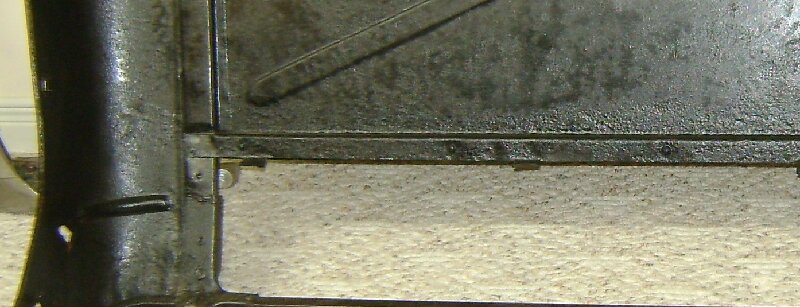  Front seat crop-1.jpg (50.26 KB) Front seat crop-1.jpg (50.26 KB)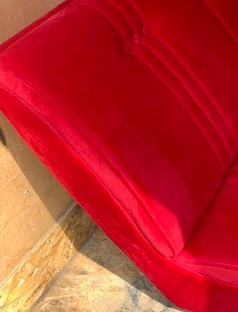  Front seat crop-2.JPG (558.76 KB) Front seat crop-2.JPG (558.76 KB)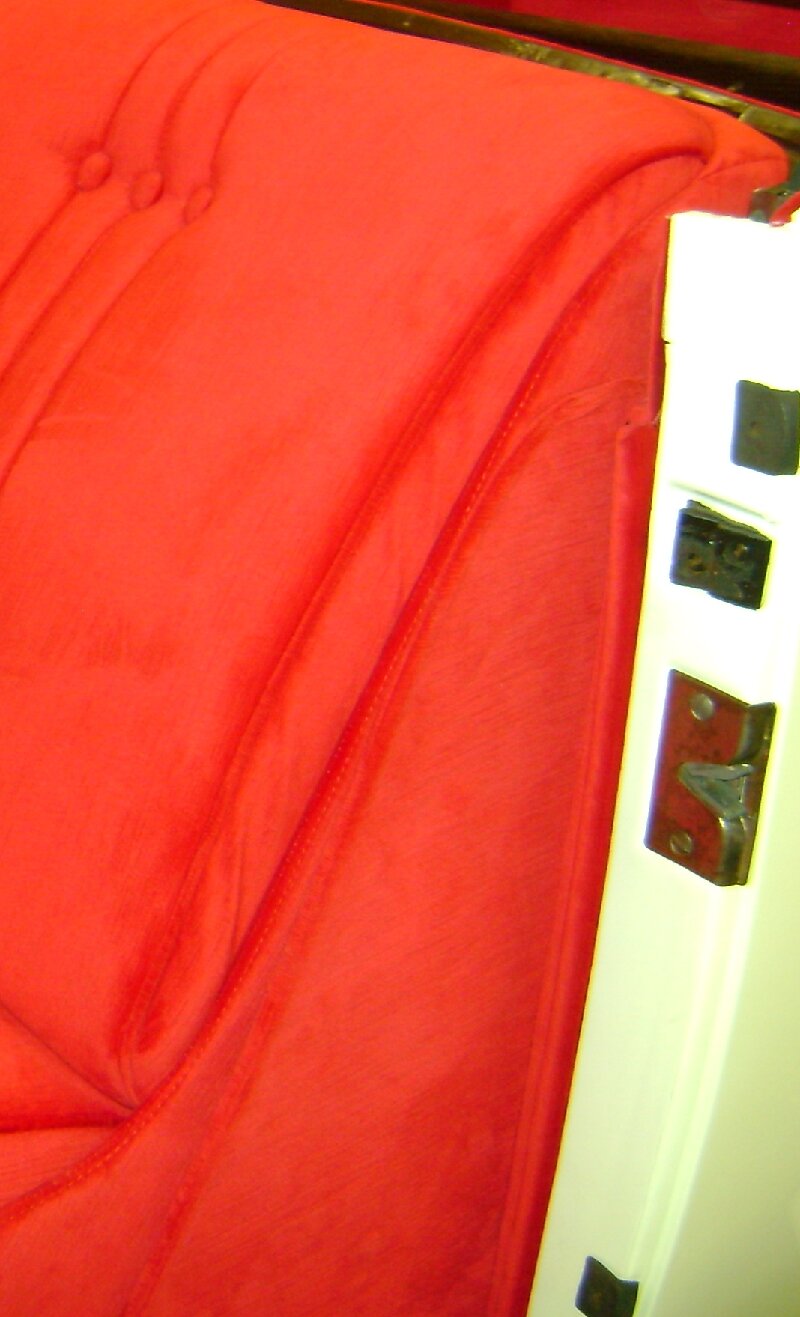
Posted on: 4/14 10:13
|
|||
|
||||
|
Re: BigKev's 1937 115-C Convertible Coupe
|
||||
|---|---|---|---|---|
|
Home away from home
|
Probably does, the fuel would flow smoother/easier and get to the motor cooler too. Well done!
Posted on: 4/13 17:30
|
|||
|
||||

